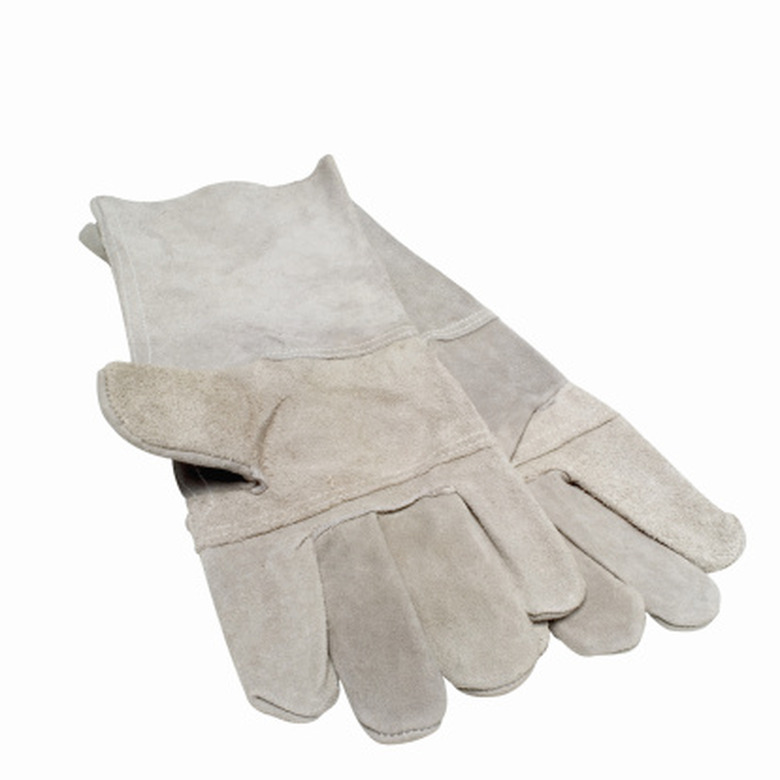How To Kill Hairy Caterpillars
Things Needed
- Long-sleeved shirt
- Garden gloves
- Bucket
- Water
- Soap
- Broom
- Tweezers
- Burlap
- String
- Insecticide containing bacillus thuringiensis
- Bird feeder
Warning
Avoid using pesticides that can cause potential harm to your pets and beneficial wildlife. Birds attracted to your yard with bird feeders can help reduce hairy caterpillar populations. Bacillus thuringiensis works only on caterpillars at least an inch in length. Bacillus thuringiensis will not work on cocoons.
Hairy caterpillars can become an annoyance when they decide to find their way into your garden. These caterpillars will spin their cocoons on your exterior house walls, on trees and plants, and on outdoor furniture. Once they hatch, they will feed upon vegetation that includes leaves of plants and trees. Many North American species include the moth and tent caterpillars. While these caterpillars generally don't cause harm, they can irritate your skin when you come into contact with their urticating hairs. These hairs break off when a caterpillar is disturbed, resulting in itching and raised skin.
Step 1
Put on a long-sleeved shirt to protect your forearms. Wear garden gloves to protect your hands.
- Hairy caterpillars can become an annoyance when they decide to find their way into your garden.
- While these caterpillars generally don't cause harm, they can irritate your skin when you come into contact with their urticating hairs.
Step 2
Fill a bucket with some soapy water. You'll use this bucket to submerge caterpillars and cocoons into.
Step 3
Manually remove caterpillars climbing your home. Catch caterpillars on lower vegetation, such as plants. Put the caterpillars into your bucket. Scoop out the caterpillars and cocoons and throw them into your trash.
Step 4
Pick cocoons off of trees with tweezers. Submerge the cocoons into your bucket.
- Fill a bucket with some soapy water.
- Submerge the cocoons into your bucket.
Step 5
Band your trees in burlap. Tie the burlap in place with a piece of string. The gypsy caterpillars will climb into the burlap seeking shelter, making removal of the caterpillars easy.
Step 6
Spray affected areas with insecticides containing bacillus thuringiensis. Bacillus thuringiensis affects the intestines of pest species, such as hairy caterpillars. The caterpillars ingest leaves sprayed with the substance and die within a few days. Remove caterpillars as they die and discard them in your trash.
- Band your trees in burlap.
- The gypsy caterpillars will climb into the burlap seeking shelter, making removal of the caterpillars easy.

